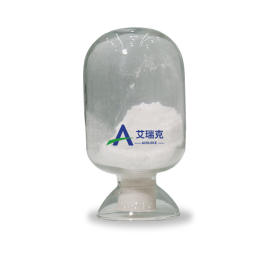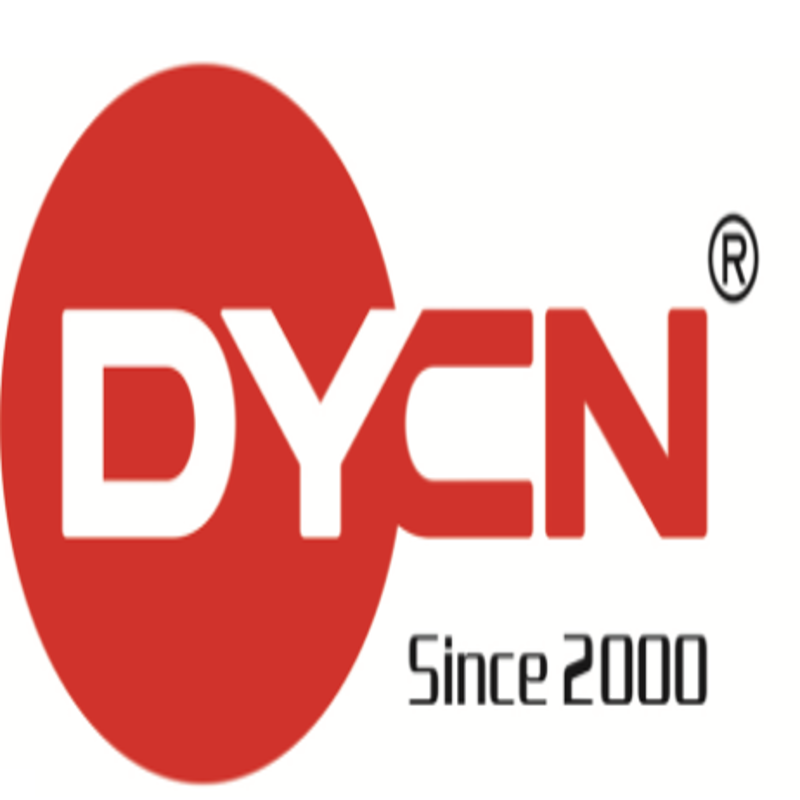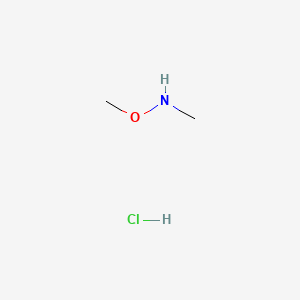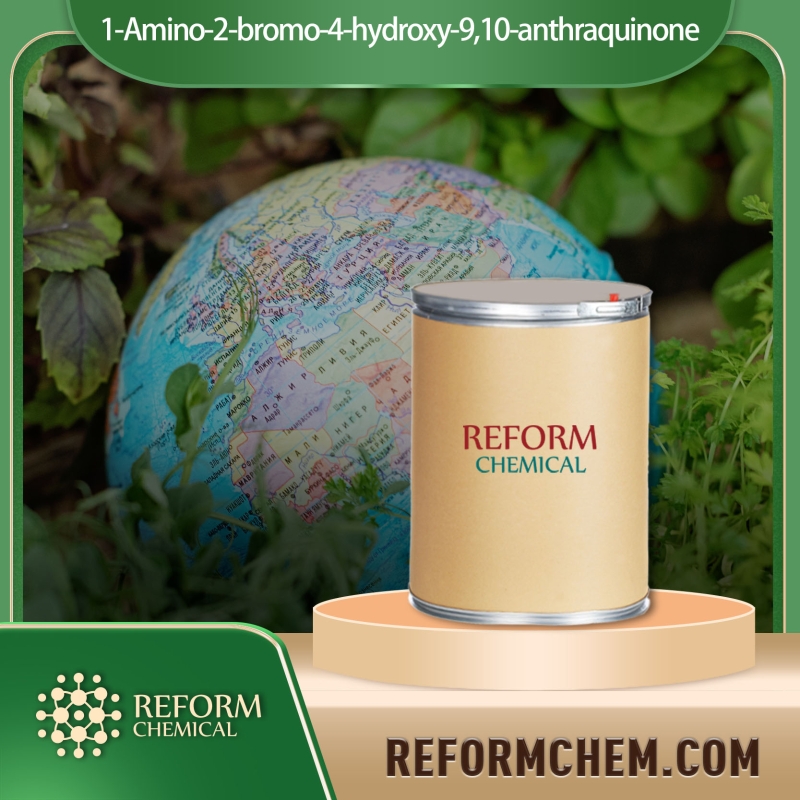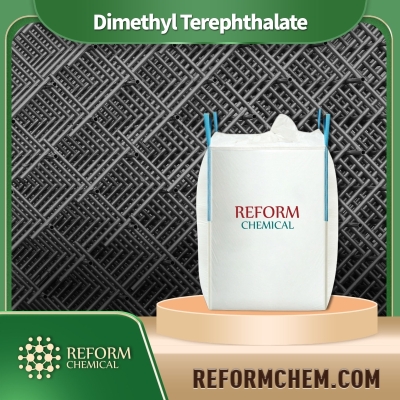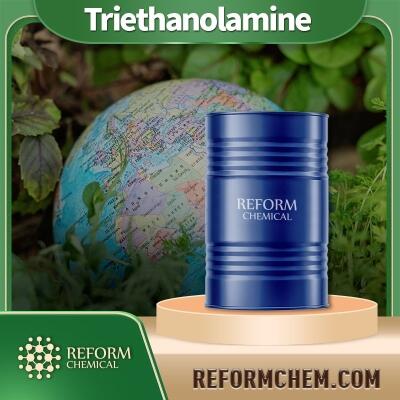Chemical Reagents
Get Chemical Reagents Raw Materials by RegionChemical Reagents
- • Deuterated Reagents (124)
- • Organic Reagents (9948)
- • Silane Reagent (852)
- • Chiral Chemicals (23)
- • Grignard Reagent (5)
- • Desulfurizer (20)
Related News
-
What Reagent Is Used To Test For Starch
2022-03-03 -
Meditex Bangladesh2019
2018-11-09 -
International Exhibition for Laboratory Equipment and Chemical Reagents
2017-06-20
Related Products Price
Chemical Reagent Suppliers
Chloromethyl 1-methylethyl carbonate
CAS No: 35180-01-9
Formula: C5H9ClO3
Categories: Chemical Reagents > Organic Reagents
Benzamidine
CAS No: 618-39-3
Formula: C7H8N2
Categories: Chemical Reagents > Organic Reagents
-
![BENZAMIDINE buy BENZAMIDINE]()
BENZAMIDINE
Inquiry -
![Benzamidine buy Benzamidine]()
Benzamidine
Inquiry -
![BENZAMIDINE buy BENZAMIDINE]()
BENZAMIDINE
Inquiry -
![BENZAMIDINE buy BENZAMIDINE]()
BENZAMIDINE
Inquiry
2-Cyclopenten-1-one
CAS No: 930-30-3
Formula: C5H6O
Categories: Chemical Reagents > Organic Reagents
-
2-Cyclopentenone 99% Liquid Dideu
Inquiry -
2-Cyclopentenone
Inquiry -
930-30-3
Inquiry -
2-CYCLOPENTENONE 98% White crystalline Powder 98% OUCHEM
Inquiry
15-Crown-5
CAS No: 33100-27-5
Formula: C10H20O5
Categories: Chemical Reagents > Organic Reagents
-
15-Crown-5 33100-27-5
Inquiry -
Factory Supply 15-Crown-5 CAS 33100-27-5 with Top Quality
Inquiry -
15-Crown-5, CAS:33100-27-5
$50-60/KG FOB
Inquiry -
15-Crown-5
Inquiry
Glutaric anhydride
CAS No: 108-55-4
Formula: C5H6O3
Categories: Chemical Reagents > Organic Reagents
-
High Quality 99% Purity of Glutaric anhydride CAS NO 108-55-4 ISO 9001:2005 REACH Verified Producer
Inquiry -
Glutaric anhydride
Inquiry -
Glutaric anhydride
$0.1/KG EXW
Inquiry -
Glutaric anhydride 108-55-4
Inquiry
1,3-Dimethyladamantane
CAS No: 702-79-4
Formula: C12H20
Categories: Chemical Reagents > Organic Reagents
-
1,3-Dimethyladamantane
Inquiry -
1,3-Dimethyl adamantane
Inquiry -
1,3-dimethyladamantane CAS 702-79-4
$100/KG EXW
Inquiry -
China Most Professional factory Supply High Quality 1,3-Dimethyladamantane CAS 702-79-4
Inquiry
7-Methoxy-1-tetralone
CAS No: 6836-19-7
Formula: C11H12O2
Categories: Chemical Reagents > Antidepressants
-
7-Methoxy-1-tetralone
Inquiry -
7-Methoxy-1-tetralone
Inquiry -
7-Methoxy-1-tetralone-BJHB
Inquiry -
![7-Methoxy-1-tetralone buy 7-Methoxy-1-tetralone]()
7-Methoxy-1-tetralone
Inquiry
(±)-2-(3-Chlorophenoxy)propionic acid
CAS No: 101-10-0
Formula: C9H9ClO3
Categories: Chemical Reagents > Organic Reagents
-
High Quality 99% Purity of 2-(3-Chlorophenoxy)-propionic acid CAS NO 101-10-0 ISO 9001:2005 REACH Verified Producer
Inquiry -
high quality raw material 2-(3-Chlorophenoxy)-propionic acid CAS 101-10-0 with Best Price 99%
Inquiry -
Facory Supply raw material 2-(3-Chlorophenoxy)propionic acid powder CAS 101-10-0 and 2-(3-Chlorophenoxy)propionic acid price
Inquiry -
2-(3-Chlorophenoxy)-propionic acid 101-10-0
Inquiry
Trimethyl borate
CAS No: 121-43-7
Formula: C3H9BO3
Categories: Chemical Reagents > Organic Reagents
3,3-Dimethyl-1-butyne
CAS No: 917-92-0
Formula: C6H10
Categories: Chemical Reagents > Organic Reagents
-
3,3-Dimethyl-1-butyne
Inquiry -
Intermediate of Terbinafine CAS917-92-0 3,3-Dimethyl-1-Butyne Powder
Inquiry -
3-3'-Dimethyl-1-Butyne917-92-0
$100/KG EXW
Inquiry -
3,3-Dimethyl-1-butyne
Inquiry
374 Chemical Reagents Suppliers
Short on time? Let Chemical Reagents sellers contact you.
GUANIDINE CARBONATE
CAS No: 100224-74-6
Formula: CH5N3.x(CH2O3)
Categories: Chemical Reagents > Organic Reagents
-
GUANIDINE CARBONATE, CAS:100224-74-6
$12-14/KG FOB
Inquiry -
![Guanidine carbonate buy Guanidine carbonate]()
Guanidine carbonate
Inquiry -
![guanidine carbonate buy guanidine carbonate]()
guanidine carbonate
Inquiry -
![GUANIDINE CARBONATE buy GUANIDINE CARBONATE]()
GUANIDINE CARBONATE
Inquiry
Benzyltrimethylammonium chloride
CAS No: 56-93-9
Formula: C10H16N.Cl
Categories: Chemical Reagents > Organic Reagents
-
Benzyltrimethylammoniumchloride
Inquiry -
Benzyltrimethylammonium chloride 56-93-9 C10H16ClN
Inquiry -
Benzyltrimethylammonium chloride
$123-125/KG FOB
Inquiry -
High purity Benzyltrimethylammonium chloride cas 56-93-9 good qulity from China factory
$16/KG FOB
Inquiry
Ammonium benzoate
CAS No: 1863-63-4
Formula: C7H6O2.H3N
Categories: Chemical Reagents > Cosmetic Preservative
4-Nitroanisole
CAS No: 100-17-4
Formula: C7H7NO3
Categories: Chemical Reagents > Organic Reagents
-
![4-Nitroanisole buy 4-Nitroanisole]()
4-Nitroanisole
Inquiry -
![4-Nitroanisole buy 4-Nitroanisole]()
4-Nitroanisole
Inquiry -
![4-Nitroanisole buy 4-Nitroanisole]()
4-Nitroanisole
Inquiry -
![4-Nitroanisole buy 4-Nitroanisole]()
4-Nitroanisole
Inquiry
N-(2-Aminoethyl)-3-aminopropyltrimethoxysilane
CAS No: 1760-24-3
Formula: C8H22N2O3Si
Categories: Chemical Reagents > Organic Reagents
-
N-[3-(Trimethoxysilyl)propyl]ethylenediamine 99% Liquid Dideu
Inquiry -
N-[3-(Trimethoxysilyl)propyl]ethylenediamine
Inquiry -
N-[3-(Trimethoxysilyl)propyl]ethylenediamine 1760-24-3
Inquiry -
N-(2-Aminoethyl)-3-aminopropyltrimethoxysilane, cas no. 1760-24-3
$154.53-175.14/MT FOB
Inquiry
Tetrakis(hydroxymethyl)phosphonium sulfate
CAS No: 55566-30-8
Formula: C4H12O4P.1/2O4S
Categories: Chemical Reagents > Biocide & Algicide
Triglycidyl isocyanurate
CAS No: 2451-62-9
Formula: C12H15N3O6
Categories: Chemical Reagents > Organic Reagents
Diguanidinium carbonate
CAS No: 593-85-1
Formula: CH5N3.1/2CH2O3
Categories: Chemical Reagents > Skin Conditioning
Ethyl xanthate
CAS No: 151-01-9
Formula: C3H6OS2
Categories: Chemical Reagents > Organic Reagents
-
XANTHATE 99% Powder SAA0998923 SAA
$2000-2300/MT FOB
Inquiry -
![O-ethyl hydrogen dithiocarbonate buy O-ethyl hydrogen dithiocarbonate]()
O-ethyl hydrogen dithiocarbonate
Inquiry -
![O-ethyl hydrogen dithiocarbonate buy O-ethyl hydrogen dithiocarbonate]()
O-ethyl hydrogen dithiocarbonate
Inquiry -
![O-ethyl hydrogen dithiocarbonate buy O-ethyl hydrogen dithiocarbonate]()
O-ethyl hydrogen dithiocarbonate
Inquiry
N,O-Dimethylhydroxylamine hydrochloride
CAS No: 6638-79-5
Formula: C2H7NO.ClH
Categories: Chemical Reagents > Organic Reagents
New Arrivals
Most Popular
-
2-Nitrobenzaldehyde 552-89-6 Organic Synthesis o-nitro-benzaldehyd High Quality 99% Industrial Grade
$1-1.3/KG FOB
-
Dimethyl Terephthalate CAS NO. 120-61-6 Manufactory Supply 99% high purity
$1-1.3/KG FOB
-
Triethanolamine CAS NO 102-71-6 Chemical Reagents Intermediates 99% High Quality
$1-1.3/KG FOB
-
Oxalic acid CAS NO. 144-62-7 99% High Quality powder Chemical intermediates
$8-8.7/KG FOB
People are searching
Frequently Asked Questions
Chemical Reagents can be divided into different categories. On ECHEMI, we divided them into Deuterated Reagents, Organic Reagents, Silane Reagent, Chiral Chemicals, Grignard Reagent, and Desulfurizer. A common Deuterated Reagent is Lithium tetradeuteroaluminate, which is commonly used as a source of deuterium atoms to produce tritium for cooling nuclear reactors.. A common Organic Reagent is Benzyldodecyldimethylammonium chloride, which is used as acrylic fiber leveling agent, dye retardant for printing and dyeing fabric, oil field oil well fungicide, cooling water system sterilization and algaecide, medical device disinfectant, etc. A common Silane Reagent is Methyltris(methyl ethyl ketoxime)silane, which is used as a neutral curing agent in silicone sealant formulations. A common chiral chemical is L-Dibenzoyltartaric acid, an organic chiral compound that can be used as an organic intermediate and pharmaceutical intermediate. A common Grignard reagent is Benzylmagnesium bromide, which can be used in the preparation of 2,6-dimethyl-2-heptanol. A common Desulfurizer is TETRABUTYLAMMONIUM FLUORIDE, a reagent for the preparation of terminal olefins from primary alkyl iodides. More other common chemical reagents are available on ECHEMI, just feel free to inform us what you need and get competitive quotes!
A chemical reagent is a substance or compound to achieve or test a chemical change in chemical reactions. Reagents can be organic or inorganic compounds, and are selected based on their properties and ability to facilitate specific reactions. Chemical reagents are widely used in various fields, like chemistry, biochemistry, and other related areas for purposes such as synthesizing, analyzing, purifying, or characterizing chemical substances.
A chemical can be any specific chemical element or chemical compound with certain properties, however a reagent takes part in the chemical reactions and will convert to something else. That is to say a reagent is a chemical which is used to bring out a certain chemical reaction.










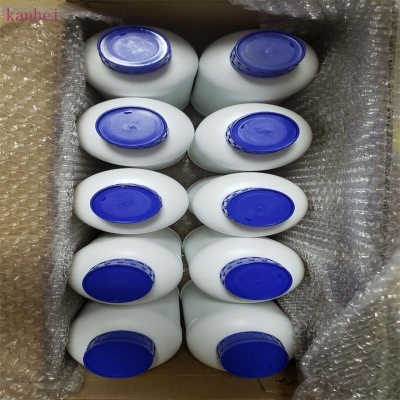














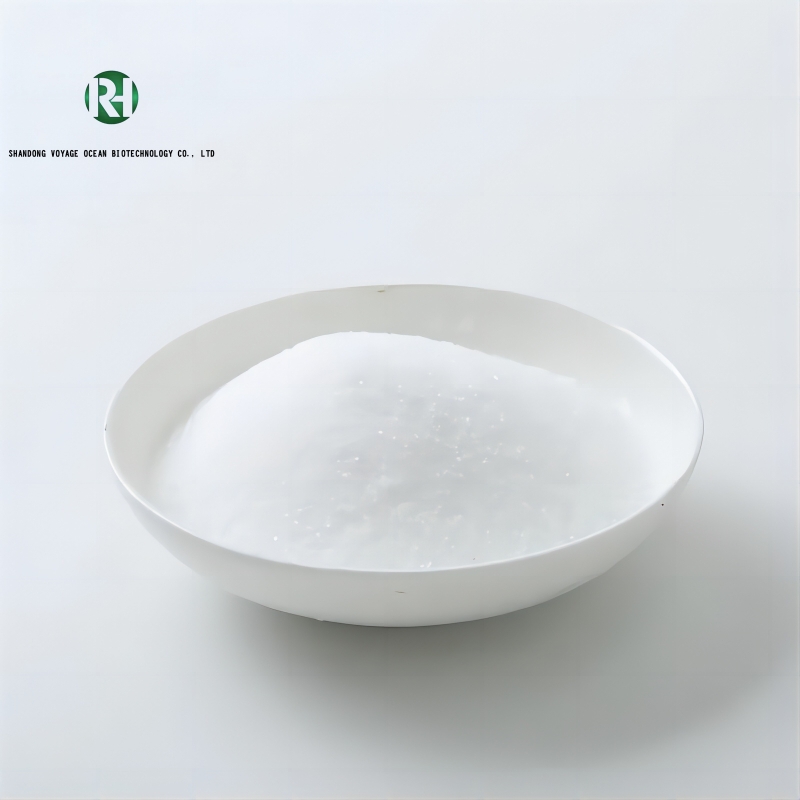








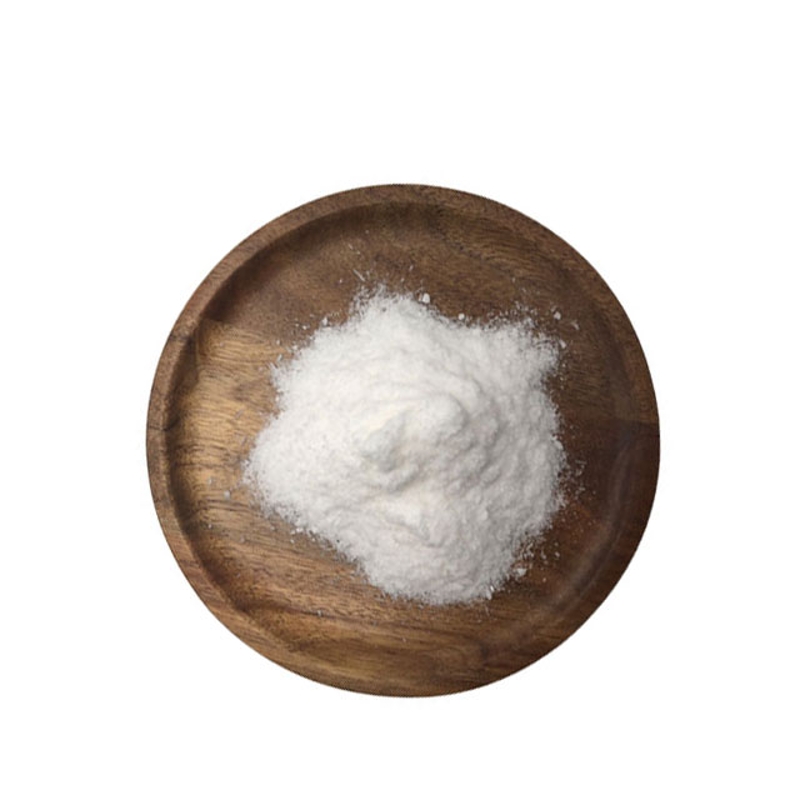




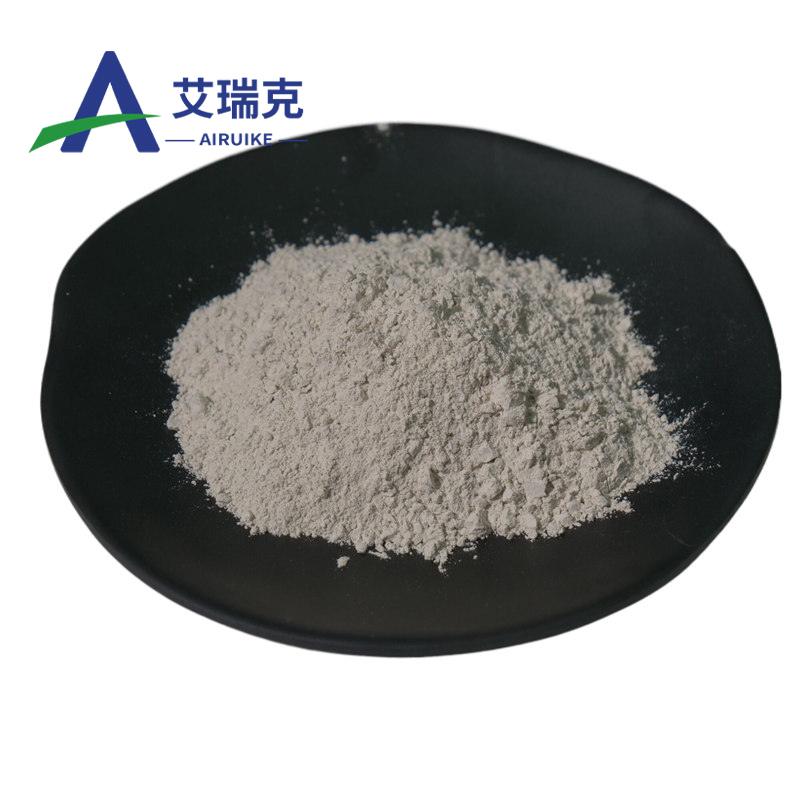








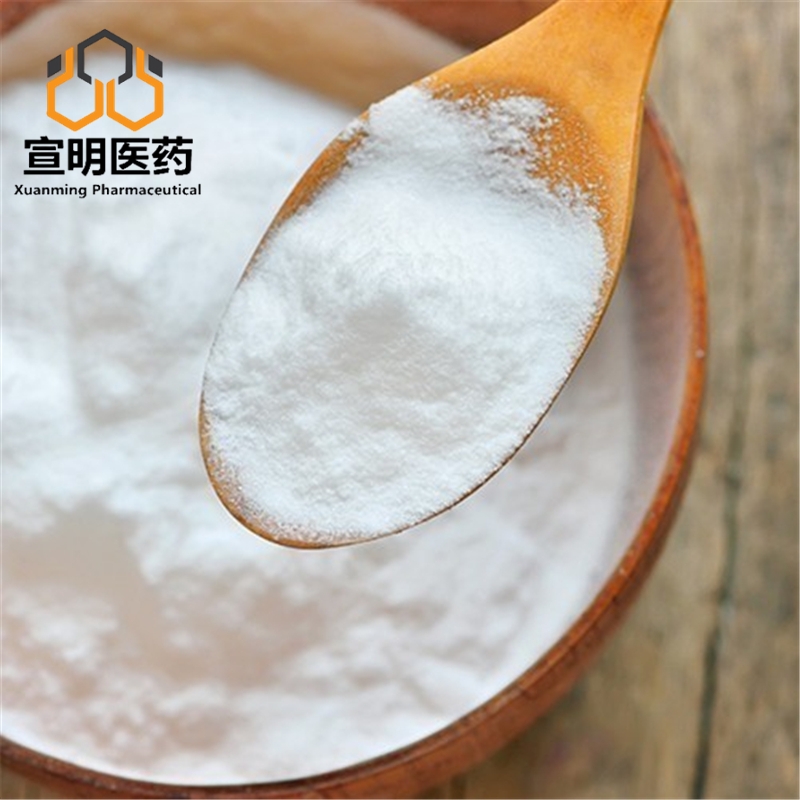




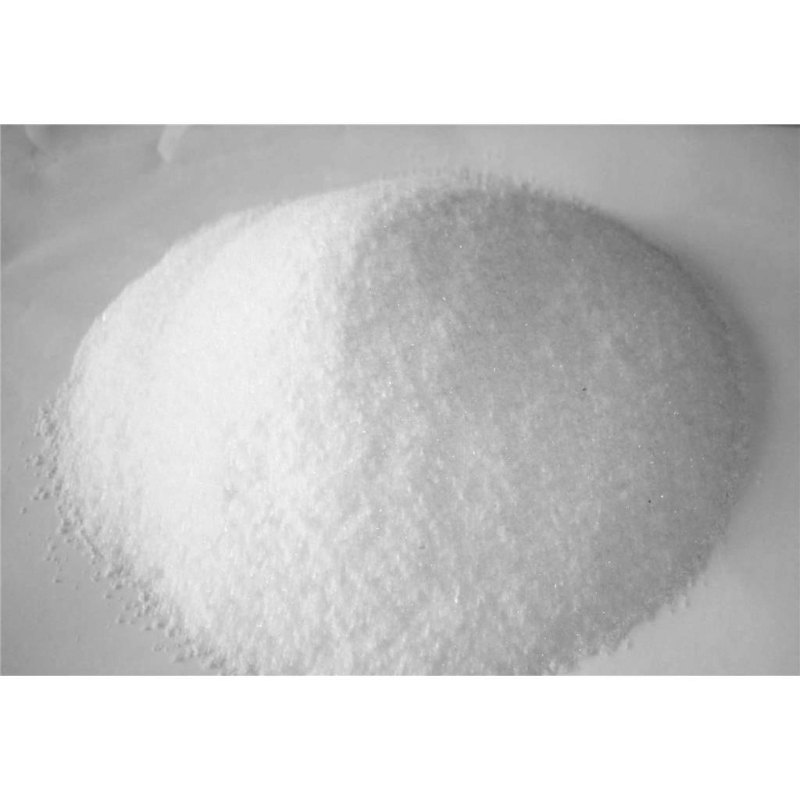


![N-[3-(Trimethoxysilyl)propyl]ethylenediamine 99% Liquid Dideu buy N-[3-(Trimethoxysilyl)propyl]ethylenediamine 99% Liquid Dideu](https://file.echemi.com/fileManage/upload/goodpicture/20230114/m20230114172309679.jpg)
![N-[3-(Trimethoxysilyl)propyl]ethylenediamine buy N-[3-(Trimethoxysilyl)propyl]ethylenediamine](https://file.echemi.com/fileManage/upload/goodpicture/20220406/20220801112201071065_1760-24-3.png)
![N-[3-(Trimethoxysilyl)propyl]ethylenediamine 1760-24-3 buy N-[3-(Trimethoxysilyl)propyl]ethylenediamine 1760-24-3](https://file.echemi.com/fileManage/upload/goodpicture/20240109/2-pyridinecarboxaldehyde-1121-60-4_b20240109142005104.jpg)








